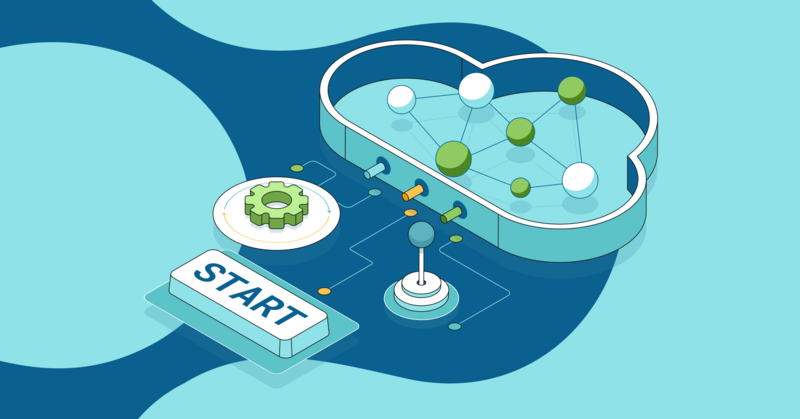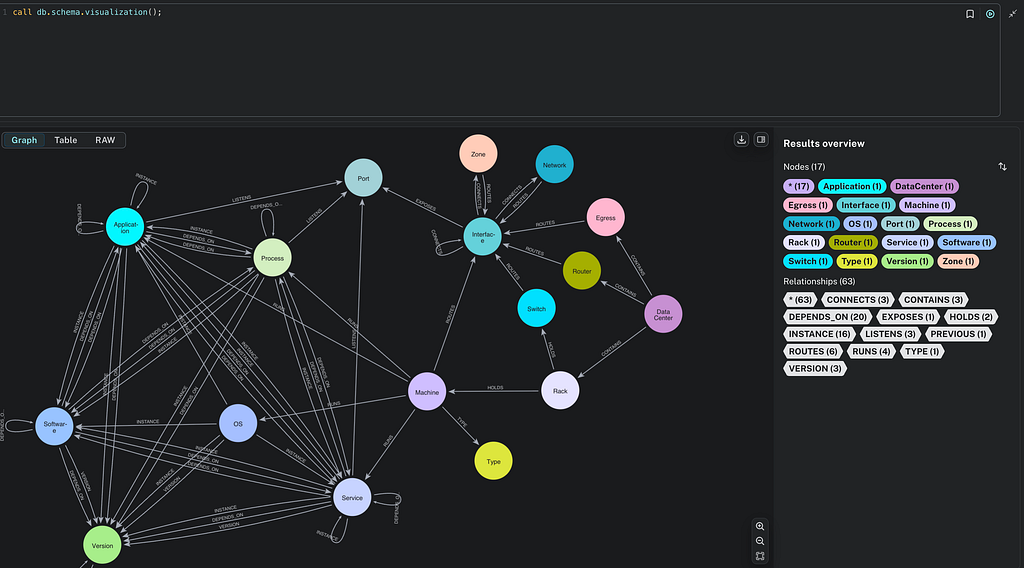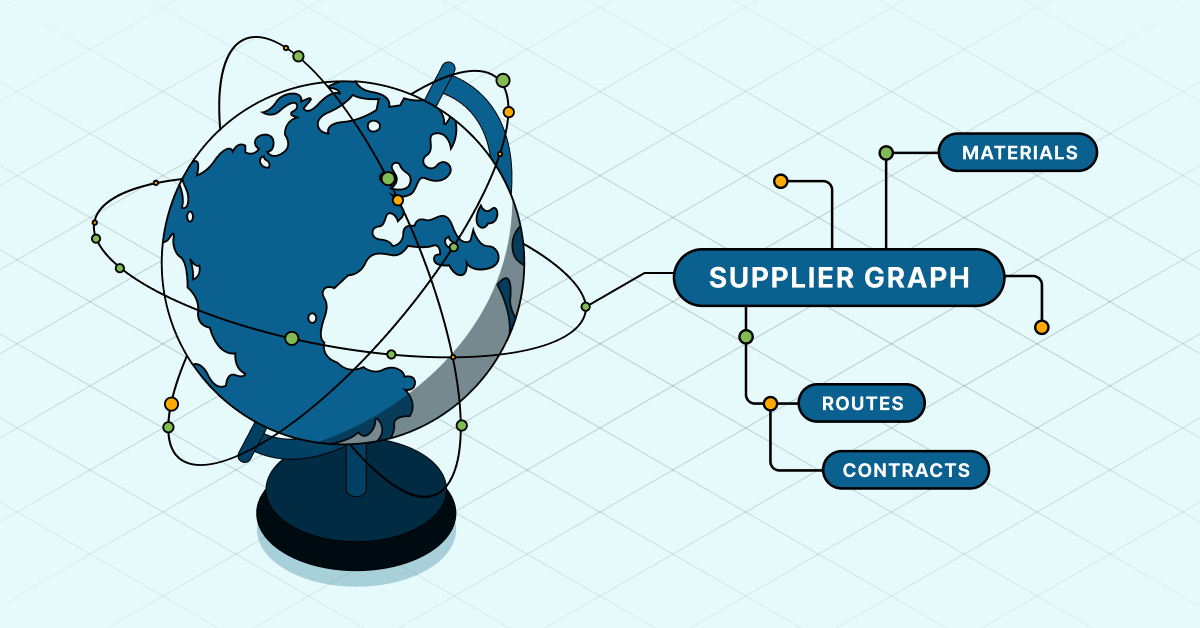Meet Graph Commons: Network Mapping For Everyone

Founder of Graph Commons
5 min read

[As community content, this post reflects the views and opinions of the particular author and does not necessarily reflect the official stance of Neo4j.]
Graph Commons is a platform for collaborative network mapping to connect partial information and explore complex relations that impact us and our communities.
Graph Commons members transform their data into graphs, discuss and publish interactive network maps dedicated to investigative journalism, civic data research, archive exploration and organizational analysis.
Everyone finds a unique way to use Graph Commons in their own connected world. The platform serves both producers and consumers of graphs by linking entities together in useful ways and thereby creating a whole that is greater than the sum of its parts.
The Need
Current tools for network mapping and analysis are designed for experts with complicated interfaces. They are neither accessible nor affordable for the average user — this despite the fact that a wide array of people pursue projects containing complex data.
All such people would benefit from structuring and interlinking their information. Connecting people’s discrete datasets would generate new knowledge, render complex issues visible and generate crucial discussions.
How It Works
Graph Commons is designed to be accessible, even to the inexperienced.
Users begin mapping actors and relations by simply importing a spreadsheet or directly entering data via the visual graph editor. Users apply network analysis on their graph data to uncover patterns, indirect relations and organic clusters that are otherwise hidden.
Using the cartography interface, users are able to develop an effective visual language by creating a unified data taxonomy and customizing their color hierarchy.
When the graph is ready, users publish it, embed it into a website, share it on social media and get feedback on their work. Public graphs are licensed to their creators with Creative Commons International 4.0, which considers data compilation to be creative work.
How It’s Being Utilized (So Far)
Though Graph Commons is a young platform, it has already witnessed a momentum of interest from people with varying interests, backgrounds and skill sets.
Graph Commons members collectively experiment in the act of network mapping as an ongoing practice: Search across variety of graphs, invite collaborators to their work and ask to contribute to theirs.
Over 2,000 members are using Graph Commons as a platform for their professional as well as activist work.
Some examples of the projects people have built on the platform include:
- A map of NGOs helping the Syrian refugees to bring light to an ever-pressing issue in the MENA and EU region
- A map of Internet governance processes to show how the policies and international stakeholders relate
- Maps of social movements to visualize their scale and impact
- A map of climate and energy targets to explore companies who oppose or support EU policies for 2030
- A map of social networks banned by country, a.k.a. governments who blocked this social media also blocked these
- A map of world’s penal systems that evoke controversy
- Maps of discrimination cases against women and LGBTI individuals to raise awareness of their struggles
- A map of third-wave coffee shops to explore a rising urban trend in the city
- Maps of designer collaborations to explore a variety of creators who are aligned in their work
- A map of art institution collaborations and partnerships to enhance their organizational capacities and public outreach
- A map of art patronage to explore who supports whom in the Hong Kong art world
- A map of grantees to evaluate the grant-awarding strategy of an art foundation
One project started on Graph Commons that has attracted a wide audience is “Networks of Dispossession,” which maps the power relations linking Turkey’s government and corporations.
This collective research and mapping project started during the Gezi Protests and attracted 50K unique visitors on its release day. It was censored in mainstream media outlets, yet got substantial support from alternative media and activist communities.
With its capacity to clearly display indirect links and organic clusters of power, the project raised new questions and continued to become a information reference point as new corruption cases were revealed.
One of the project contributors, journalist Elif Ince of Radikal Newspaper at the time, said:
“Networks of Dispossession graphs on the one hand became a reference for the general public to make sense of densely interlocked corruption cases in Turkey; on the other hand, they raised new discussions for the grassroots activist communities and helped them focus on the perpetrators in their strategies against invisible power structures.”
Embed of a graph from the Networks of Dispossession hub on Graph Commons
With the influence and publicity of the Networks of Dispossession project, we were invited to carry out Graph Commons network mapping workshops in Brazil with Amazon activists and mapping workshop in Hong Kong with the local artist/activist community on mapping Hong Kong power structures.
Increasingly, network mapping and analysis are becoming part of the fundamental tool set of the new generation of journalists and activists around the world.
Moving Forward
Though the current interest in Graph Commons is inspiring, there is ample room to build on this momentum and lower the entry barrier to network mapping and publishing. This will require building new mechanisms that enable and encourage people to build off each other’s mapping efforts.
We have released the online network mapping interface of Graph Commons, along with basic collaboration and sharing functions. We have also developed an alpha-version open API, enabling programmatic querying and writing of graph data.
We are currently developing better community tools for group data curation and asynchronous workflows through forking and merging graphs. We will offer qualitative graph analysis and discussion methods and varied distribution options to publish graphs on the web to a wider audience.
Graph Commons has the potential to become an ever-growing connected knowledge base with a network-literate community flourishing around it.
We hope you join us, and join one another, in connecting partial information to explore complex relations that impact us and our communities.
Click below to get your free copy of the O’Reilly Graph Databases ebook and discover how to use graphs and network mapping for your cause or company today.











